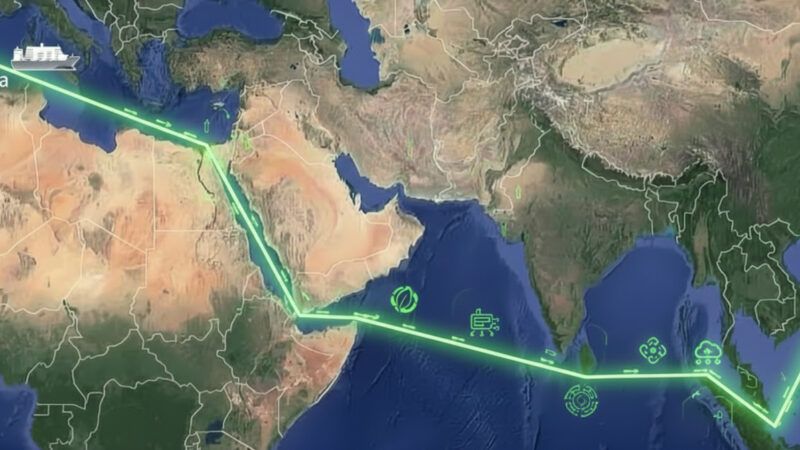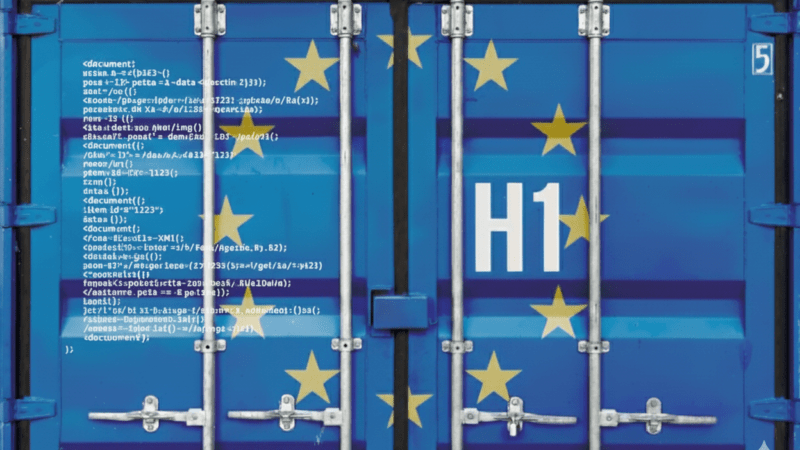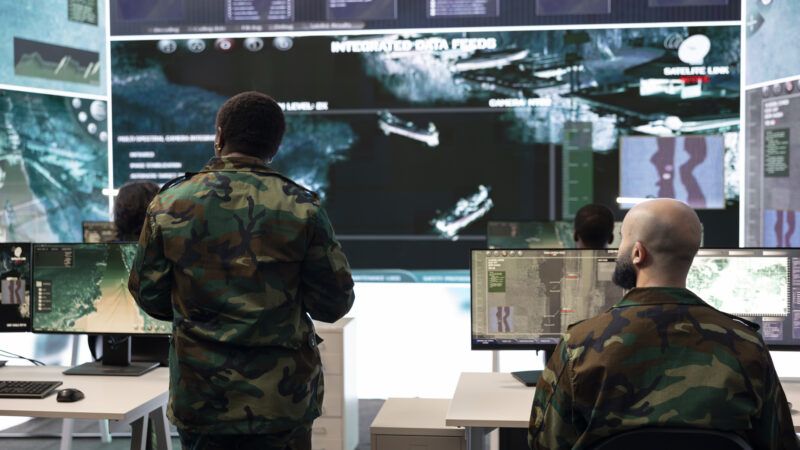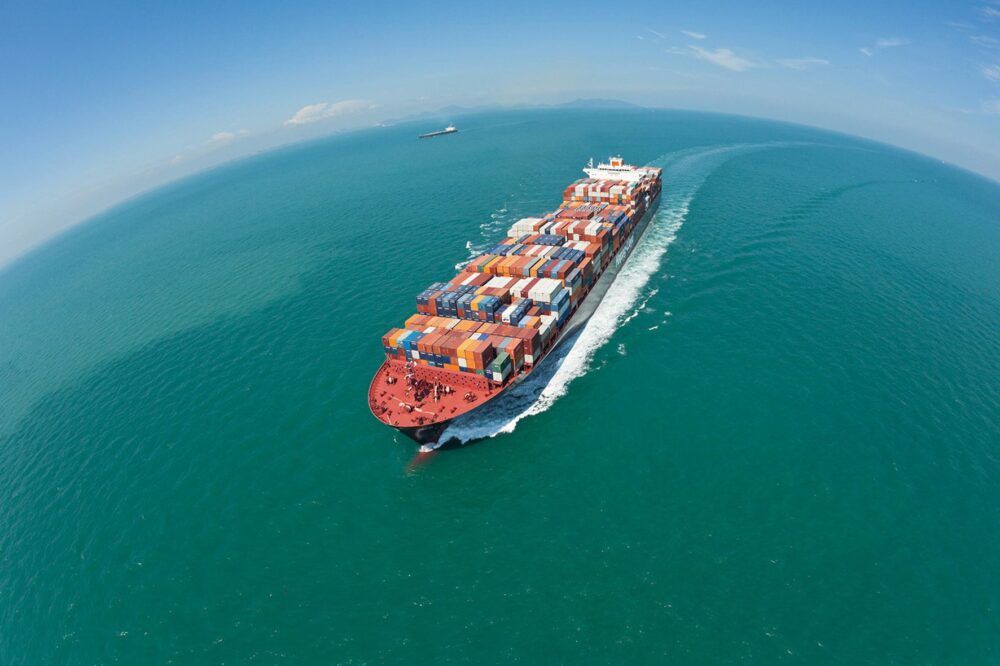
Alliance chessboard shifts after 2M breakup
The end of the alliance between Maersk and MSC (2M) has triggered a domino effect in shipping line partnerships. In the current context of constant disruptions in shipping routes and with international trade revolutionized by Trump's tariff shock, new alliances are deploying different strategies to face the challenges.

2M is now history.
Its end signifies the birth of:
- Gemini Cooperation (Hapag-Lloyd and Maersk)
- Premier Alliance (ONE, HMM and Yang Ming)
- (MSC), a giant that, although it will mostly travel solo, will cooperate with Premier Alliance on certain routes
- Ocean Alliance, formed by CMA CGM, Cosco, Evergreen Line and OOCL, which is unchanged.
The reason for the breakup of 2M can be explained by the disparity of strategies on the part of both partners, which, moreover, in some way exemplifies what is happening in the sector as a whole.
"Either they are betting on horizontal or vertical integration, as is the case with Maersk and its door-to-door service offering, or, as in the case of MSC, which, although it has also acquired logistics companies and terminals, is investing mainly in enlarging its fleet of ships, which has made it the largest shipowner, summarizes Carles Mayol, head of the Port of Barcelona's Container Division.
As far as Gemini Cooperation is concerned, this new alliance is committed to minimizing long calls in its loading and unloading operations and then, by means of a network of feeder vessels, providing service to neighboring ports.
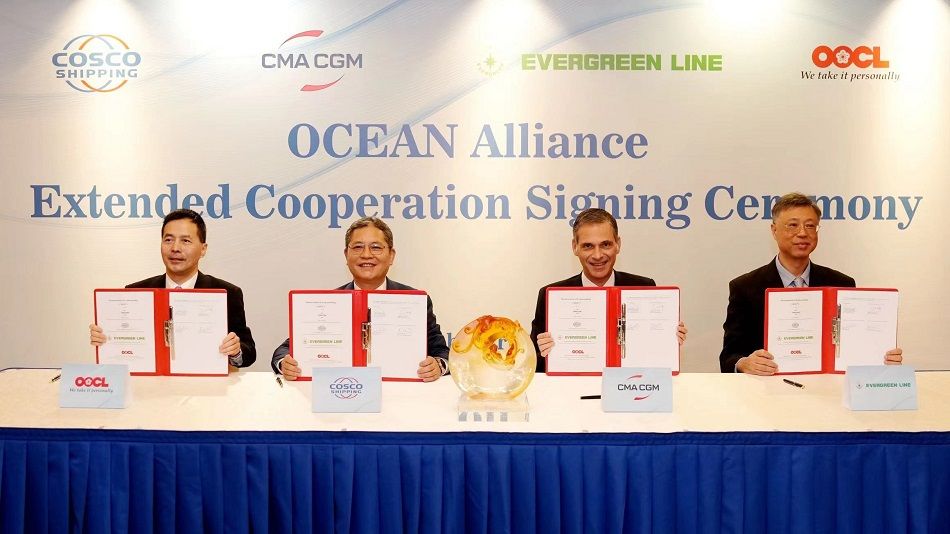
Reasons for alliances
These alliances reflect completely different service models.
- MSC's represents the flexibility afforded by its mesh, distribution and fleet of 900 ships to call at numerous ports.
- Gemini Cooperation, on the other hand, wants to ensure greater reliability in forecasting arrivals (ships arriving in port on the estimated date) to try to recover the percentages of the 1990s and 2000s, when the minimums were 90%. In 2024, the world average did not exceed 55%.
Modern alliances began in 1997, when the market had a large number of competing shipowners, although market share percentages did not exceed 3%.
For several years now, the number of players has been decreasing, increasing in power. On the other hand, the gigantic size of ships means that shipowners have to optimize these assets and fill them to their maximum capacity.
"When there is a mismatch between supply and demand, distortions are generated and freight prices are eroded. That is why, although historically the changes in alliances have responded to different interests, in recent times they respond above all to this optimization of resources," Mayol explains.
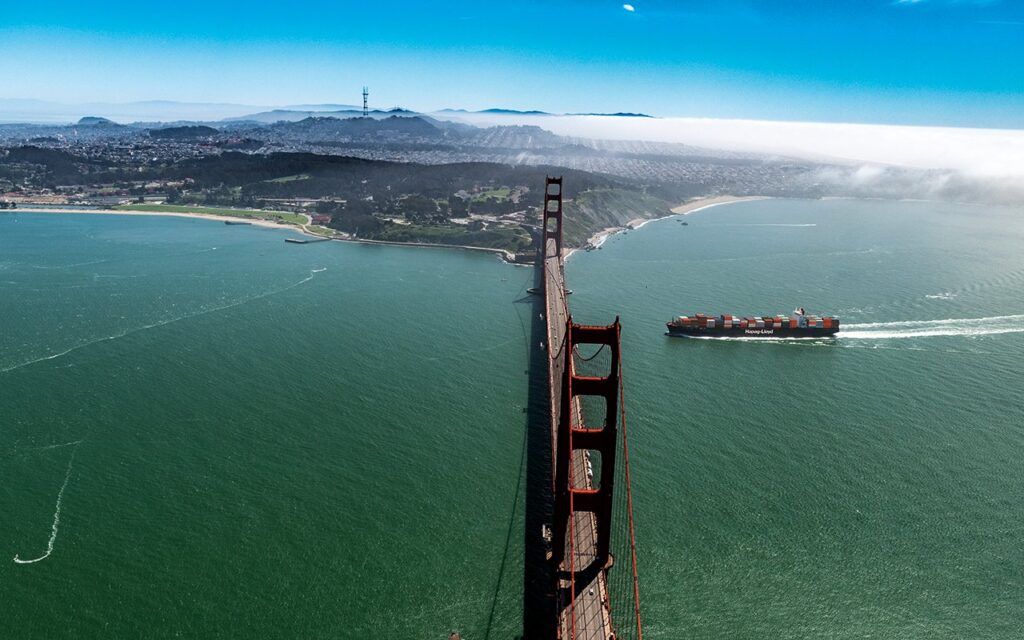
Alliances as a symptom
In the current context of permanent disruption, in which detours continue through the Cape of Good Hope while waiting for the Suez Canal to reactivate its activity and to ensure the necessary safety conditions for transit through the Red Sea, Mayol explains that alliances are another element in the equation, as are port calls, which reflect the current situation of geopolitical, commercial and climatic tension.
The head of the Container Division of the Port of Barcelona anticipates that 2025 will be similar to 2024. “Even if tomorrow the passage through the Suez Canal is resolved, it will take three to six months to readjust the world fleet, which will also have a new element such as this change in alliances,” he analyzes.
Under the current configuration, ships bound for Western Europe enter through the Strait of Gibraltar, calling at Tangier, Algeciras, Valencia and Barcelona. Once the channel is reopened, in addition to shortening transit times, many services will make their first call at the Port of Barcelona.
“We would be the first port in the Mediterranean for some alliances and the connections, both to the Far East and to the United States, will be very positive,” says Eduard Cubet, commercial analyst at the Port of Barcelona.
For the time being, some old and new alliances coexist and overlap until, in principle, the end of April. The Gemini and Premier Alliance ships will be launched at the beginning of that month.
“Even if the passage through the Suez Canal is resolved tomorrow, it will take between three and six months to readjust the world fleet, which will also have a new element such as this change in alliances.”
Carles Mayol, head of the Container Division of the Port of Barcelona.
The effects of new alliances on the Port of Barcelona
To anticipate the effects that the new alliances will have in terms of connectivity for the Port, Cubet explains that they have analyzed the role they will give Barcelona in their main commercial routes.
"Gemini was the one we were most cautious about, because when they announced that they would reduce the number of calls, in the case of the Mediterranean we might think that they would replicate what they have done in South Korea, which they now serve with feeder ships and have centralized their operations in Shanghai. However, they are not going to exclude Barcelona as a main service, which is very good news. As far as alliances are concerned, until now we had six services and this number will be maintained," explains the Port's commercial analyst.
Mayol adds that, as a port, in addition to analyzing the effects of these new alliances, they have had to adapt their infrastructure not only to the alliances, but also to the gigantic size of the ships and the volume of containers they transport, not only for import and export, but also for transshipment. These volumes imply a series of challenges from the point of view of the dock, draft, cranes or personnel hired to attend these ships.
"2024 was very complicated throughout the western Mediterranean because the number of transshipments grew tremendously with the Cape of Good Hope diversions. Also in empty containers, stressing the terminals and decreasing the service levels that customers were used to, as well as the access time to the terminal," he says.
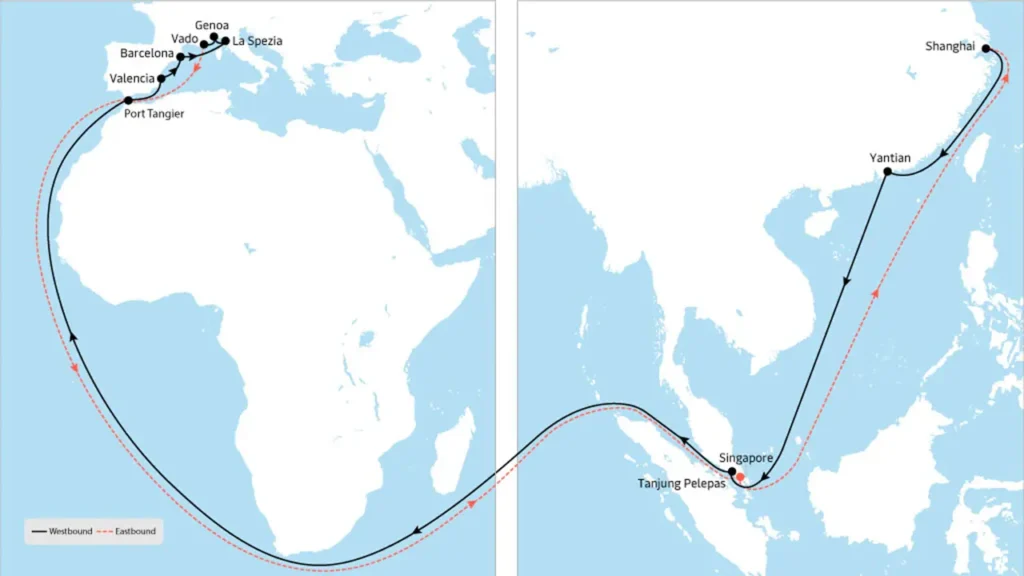
Adaptation to the new reality
To remedy this situation, the Port of Barcelona implemented a series of measures contained in an instruction, later converted into an ordinance that, in the event of berthing congestion, prioritizes those ships carrying local cargo to protect its hinterland.
Another measure was the hiring of more than a hundred stevedores, the opening of the terminals at night to make container collection more flexible and the expansion of the capacity of the Hutchison BEST terminal by 25% with the construction of 7 new blocks representing almost 700,000 TEUs more annual capacity, as well as the incorporation of 14 new automated, electric and rail-mounted cranes.
When the construction project is completed, the terminal will increase from the current 27 blocks to 34, which will provide much more capacity to meet the current situation.
As regards the APM terminal, work is underway to adapt it to the size of these container ships and 17 hybrid and electric straddle carriers have been acquired, as well as five new STS cranes that will be incorporated soon.



